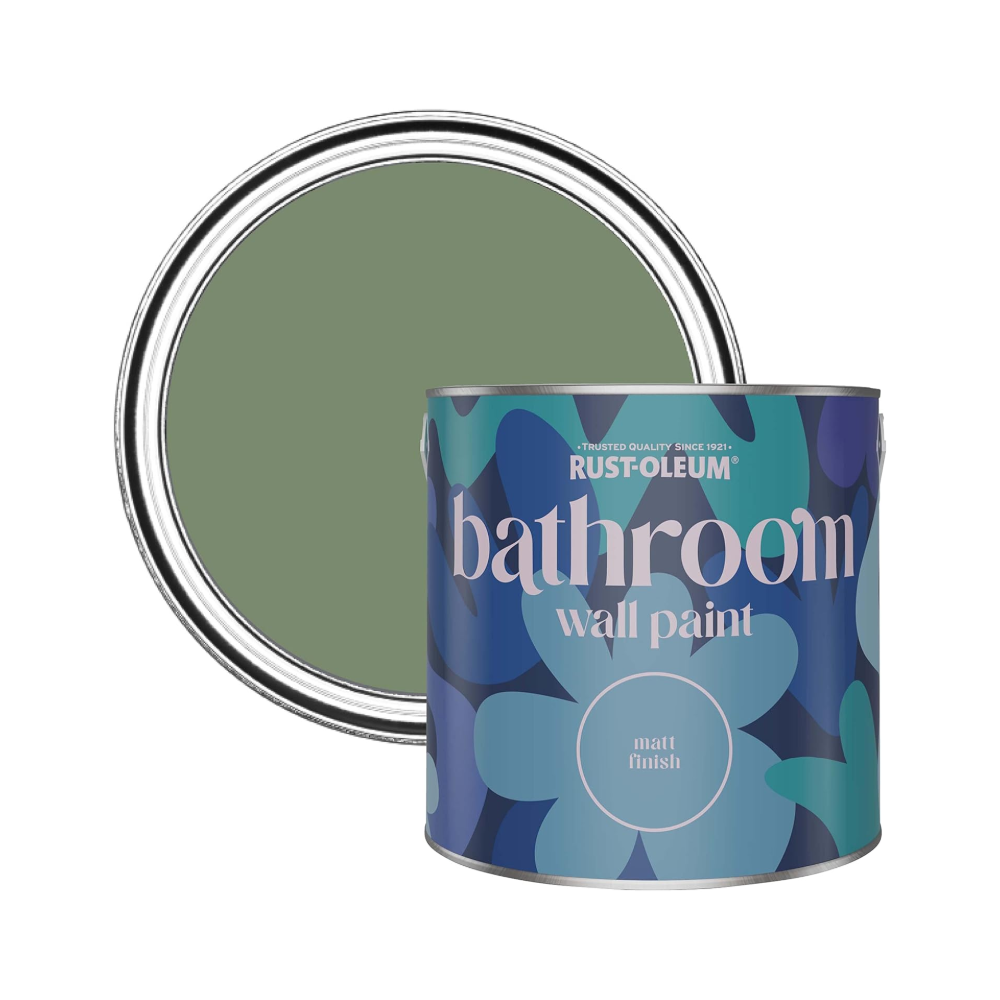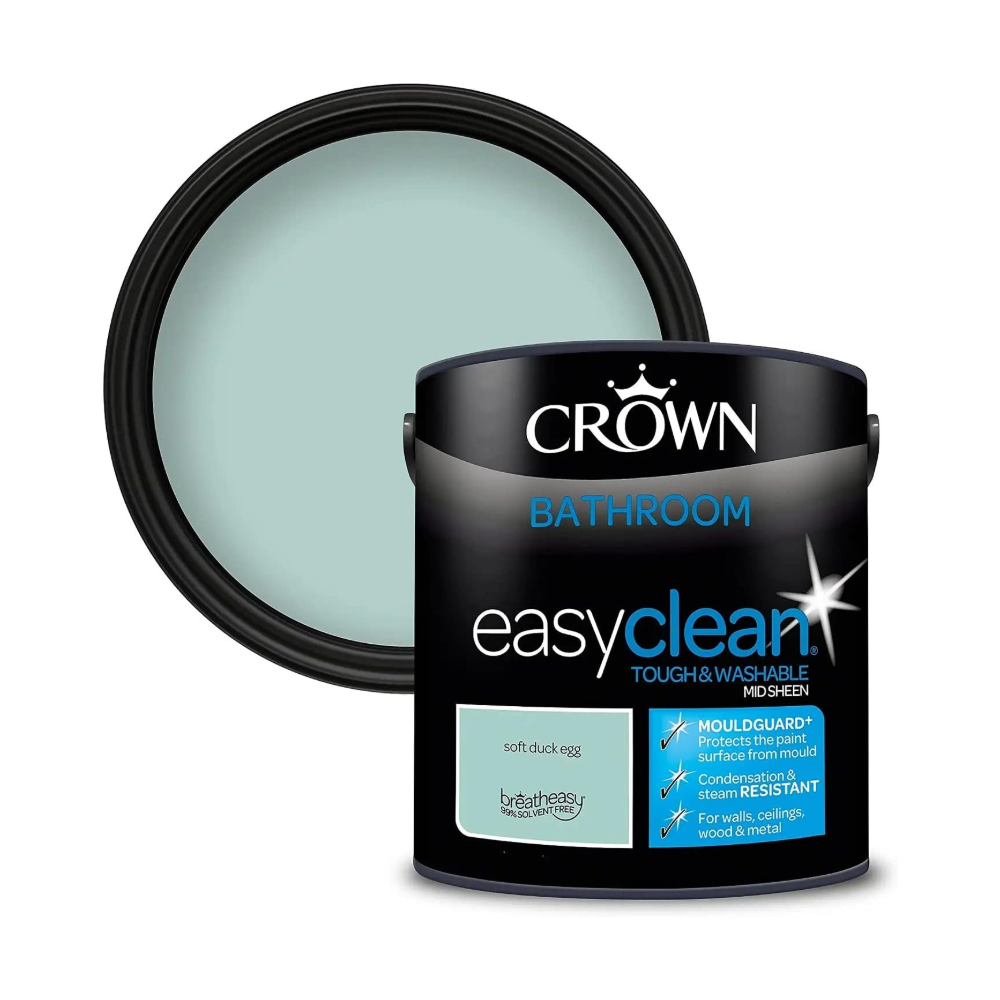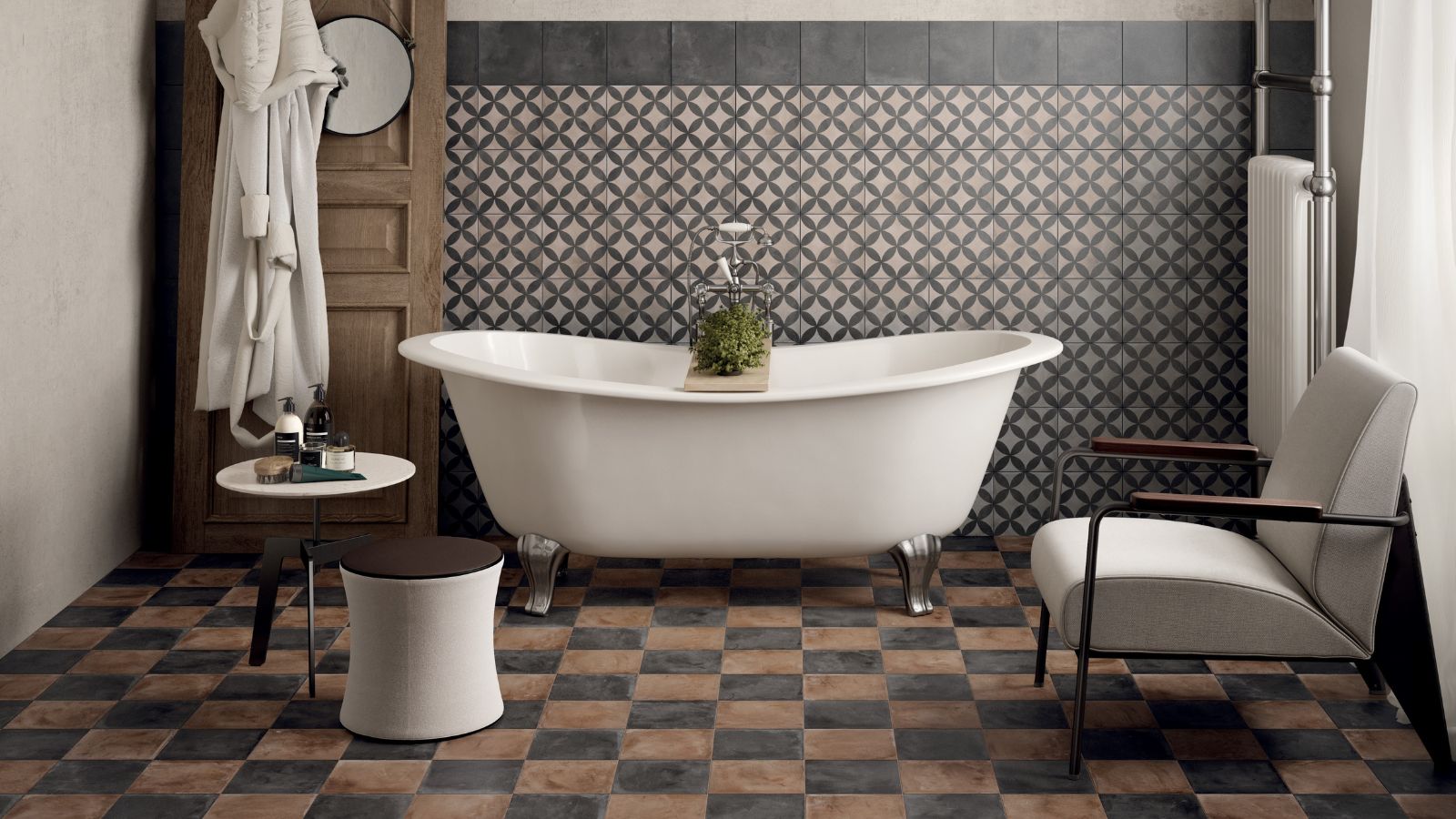This is why you should never use regular paint in your bathroom
Wondering if you can use regular paint in your bathroom? Experts explain why it’s a bad idea – and what you should use instead

Decorating a house can get expensive, so we don’t blame you for wondering whether you can use regular paint in your bathroom to save costs. This can be especially tempting if you have leftover tins from painting the rest of your home – but is it a good idea?
According to experts, the answer is no. While these two paints may look similar to the eye, there is a significant difference in durability, moisture resistance, and mould prevention, so it is important not to use them interchangeably.
To find out why you should always use the best bathroom paint – and what happened to two of Homebuilding's editors when they didn’t – keep reading. We’ve explained everything you need to know below, plus our favourite paints to use instead.
What happens if you use regular paint in a bathroom?

Since bathrooms are prone to steam, humidity, and condensation, it's important to choose the right type of paint to avoid peeling and mould growth, advises Jon Mee, Technical Advisor at Earthborn.
When it comes to choosing your bathroom paint, Jon says it’s essential to think about moisture control, durability and breathability – not just the colour. Choose the wrong one, and you could end up with bubbling, peeling, and mildew forming, which can be time-consuming to rectify.
He explains, "Moisture permeability is a must as it allows water to pass freely through its surface and not trap it. Bathroom paint should always offer some level of breathability as that is crucial for preventing condensation and reducing the likelihood of mould growth."
While bathroom-specific formulas are highly recommended, the limited colour choice can be off-putting. Instead, you could opt for a gloss or satin finish, which is more moisture-resistant than matt and can be wiped down easily.
Bring your dream home to life with expert advice, how to guides and design inspiration. Sign up for our newsletter and get two free tickets to a Homebuilding & Renovating Show near you.
Caroline Thornborough, Design Director at Thorndown, confirms, “You don’t need to use a paint specifically labelled as a ‘bathroom paint' in bathrooms. Go for a high-quality paint that uses a durable resin at a high volume. This will create a hard-wearing, long-lasting coating that is both breathable for moisture transfer and highly water-repellent."
Shop these moisture-resistant bathroom paints

This bathroom-friendly paint has a mould-resistant formula, protecting your walls from moisture and steam.

This water-resistant paint prevents cracking, peeling, and blistering for up to six years.

Condensation and steam-resistant, this bathroom paint shields your walls from mould and is easy to clean.
Homebuilding's assistant editor, Sarah Harley, can attest to this. After deciding that the pale grey paint in her bathroom wasn't dark enough, she headed to her local DIY store to purchase a new tin and opted for a matt multi-purpose emulsion, as she wanted a flat finish.
However, within a matter of weeks, she regretted it. "The condensation and steam from showers left residual marks on the walls that just didn’t shift. They aren’t terrible, but enough to make me realise that in high moisture areas, purpose-made paints really are worth investing in, particularly if your bathroom ventilation isn’t as good as it could be.”
Homebuilding's editor, Beth Murton, had a similar experience when updating the colour scheme in her family bathroom.
"I've never been fan of the sheen in bathroom paint so when I updated the colour scheme in our family bathroom a couple of years ago I went for more of a flat matt finish, despite me knowing deep down it probably wasn't the best option.
"Although it looked lovely once painted, I quickly realised what a mistake it had been. Our bathroom doesn't have amazing ventilation and the steam and condensation in the room just caused the paint to run, leaving unsightly streaks down the walls. Any water splashes also showed up as marks on the wall.
"Within a couple of weeks it was clear it couldn't be left like that, so I had my chosen colour mixed in a low-sheen bathroom paint instead and repainted the entire room. It means the walls are much easier to clean and the paint has remained in place with no streaks. It's certainly a mistake I won't be making again next time we redecorate."

Jon Mee is Earthborn’s Technical Advisor. He has worked in the interiors and decorating industry for over five years and is an expert on decorating techniques and materials, from which sandpaper to use and the best type of masking tape, to how much paint is needed to cover a specific space.
After speaking with the experts, it’s clear that you can't use any old paint in your bathroom. While it might save you money in the short term if you have some leftover, you’ll end up wasting time and effort when you inevitably have to repaint it.
For more decorating advice, read our step-by-step guide on painting a bathroom, which will help you achieve a long-lasting finish. Or, if you’re looking for some creative inspiration, check out these stunning bathroom colour ideas.

As Content Editor at Homebuilding & Renovating, Megan is passionate about providing expert-backed advice and creative inspiration to help readers transform their living spaces. Her love for DIY began while helping to renovate her parents’ family home, sparking a fascination with interiors, renovation, and design. More recently, she assisted with the renovation of her partner’s house in Bristol and is currently expanding her expertise through an Introduction to Home Improvement course. She joined the Homebuilding & Renovating team in 2025, having previously worked as a Staff Writer at PetsRadar and Beauty Assistant at Harrods.
